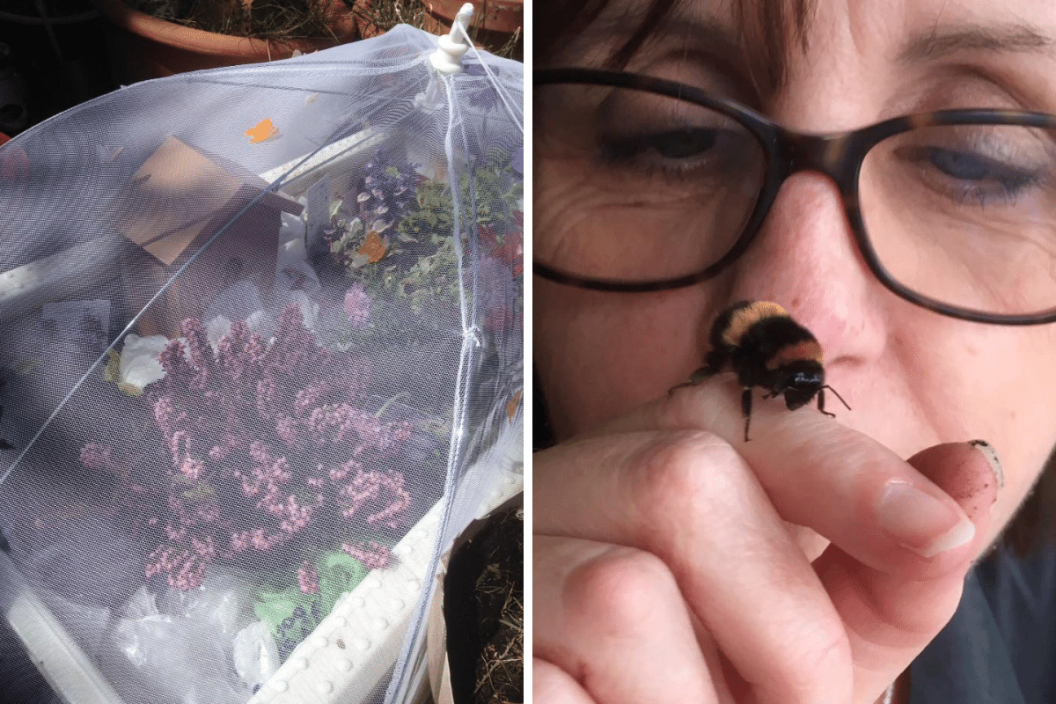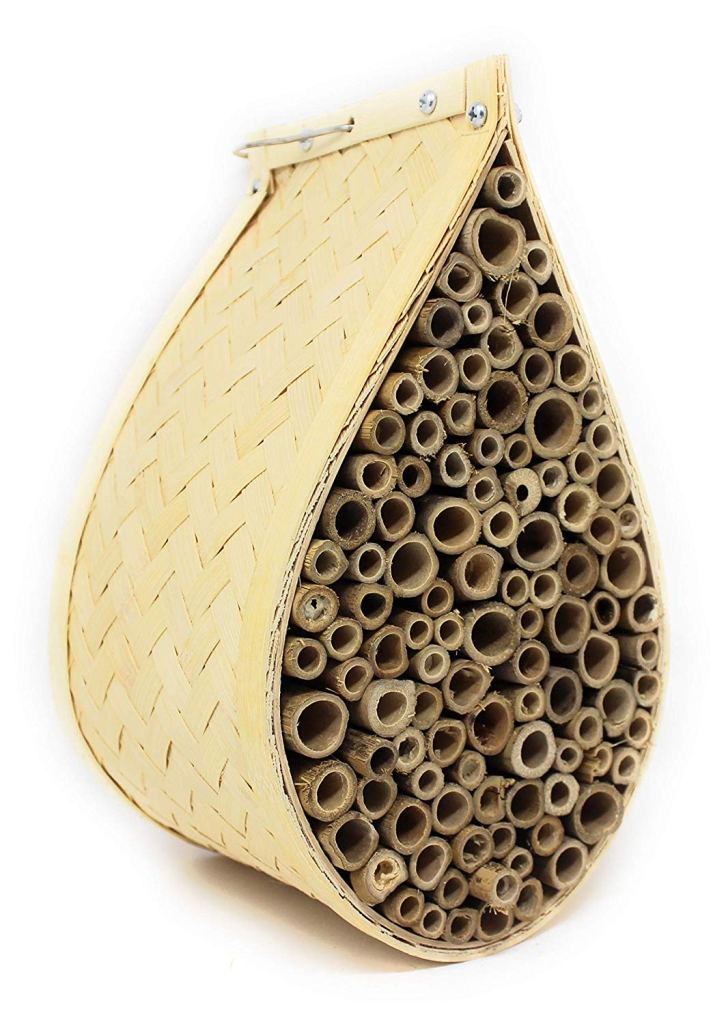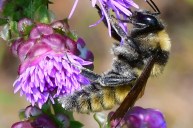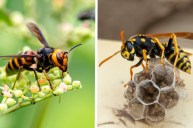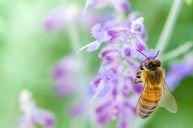It even climbed on her nose!
Now, whether or not this woman actually had a "friendship" with a bumblebee is a little bit of a stretch, but what she did for the insect is pretty sweet. And bees are much smarter and in tune with the earth than we think, so maybe there was an undeniable connection between human and bumblebee.
Fiona Presly lives in Inverness, a quaint town in the Scottish Highlands. She works there as a library assistant and tends to her lovely garden in her free time. One day she noticed a plump little bumblebee crawling by, but something was wrong. This pretty little queen had no wings. Fiona Presly spends a lot of time in her garden so making this little queen bumblebee a safe haven made sense.
It turns out the bumblebee suffered from a virus that causes issues with wing development. So Presly decided to protect the wee creature from the elements and make a private, contained garden where she could visit and bring it nectar.
Presly named the bumblebee Queen Bee and went to work.
She made a little bee house to put into the garden and covered the whole area with a mesh structure.
That way, no birds or animals could prey on Queen Bee since she had no defense tactic with the lack of wings.
Presly would visit Queen Bee and the bumblebee actually seemed to recognize her. She would always come out of her little house in her mini garden to greet Presly, and drink some sugar water out of tiny cups. An unlikely friendship was born and visiting Queen Bee became Presly's new favorite thing to do.
Presly would bring Queen Bee special wildflowers. And even brought her inside during heavy rain.
Presly and the helpless animal would pretend to take field trips, as these are places the bee would never see without wings.
Bumblebees really only have an 18-week lifecycle but Queen Bee lived longer with the care provided by Presly.
Queen Bee did eventually pass but she left her human guardian with some beautiful memories.
Presly even memorialized Queen Bee in a picture frame.
And Presly learned a lot about how every animal on this earth matters.
The world is losing bumblebees at an alarming rate. So what Fiona Presly did for this single bee is a good example of how we need to treat and respect bumblebees. After all, they're a huge part of this world's ecology and we need them. Bumblebees play a huge role in our ecosystem. Maybe now you might feel like you aren't affected directly from the bee population decline, but it will hurt us in the long run. Bumblebees are beneficial insects.
The role they play in food production is crucial. In North America thousands and thousands of food crops benefit from bee pollination. Orchard Mason bees, Leafcutter bees and many other bee species are the reason for healthy fruit trees and plants. Remember in elementary school when we learned about the food chain? I remember my teacher crossing off a level of the food chain and realizing it threw off the entire cycle. Not only for one species, but for everyone. Our planet is amazing, and uses many natural resources to foster a healthy ecosystem, but we have to do our part to keep things on track.
There's a variety of ways you can help save bees. Start at a local level, right in your garden. A Mason bee house is very beneficial for Mason bees. One of the reasons bees are declining at an alarming rate is because their habitats are being destroyed. Give your local bees a new home. The best time to put out a bee house is early spring, but spring hasn't ended yet. Solitary bees are still looking for a bee home.
Mason bees are known for being non-stinging. Since they are non-stinging, you don't have to worry about them being a danger to your home. The Mason Bee House will benefit your garden and also make a difference in the world. Instead of using cardboard tubes the Mason Bee House uses eco-friendly bamboo tubes as nesting material. The bees will use the bamboo tubes as nesting holes. The tubes will be a place for them to build up more nests, and to lay their eggs.
The setup for the bee house is easy. Simply overhang the bee house against a flat surface faced toward the morning sun. You will soon see them go from bee larvae inside bee cocoons to beautiful hardworking adult bees. Not only are you helping boost the bee population, but your home garden will benefit from the pollination as well. So save the bees, and let them do their job as native pollinators to keep our ecosystem vibrant and beautiful.
HOW TO HELP BEES: Visit the Bumblebee Conservation Trust for more info.
Tell us what you think of Queen Bee the wingless bumblebee and her private garden in the comments below.
This post was originally published in 2017.
WATCH NOW: The Honey Bees Are Disappearing
